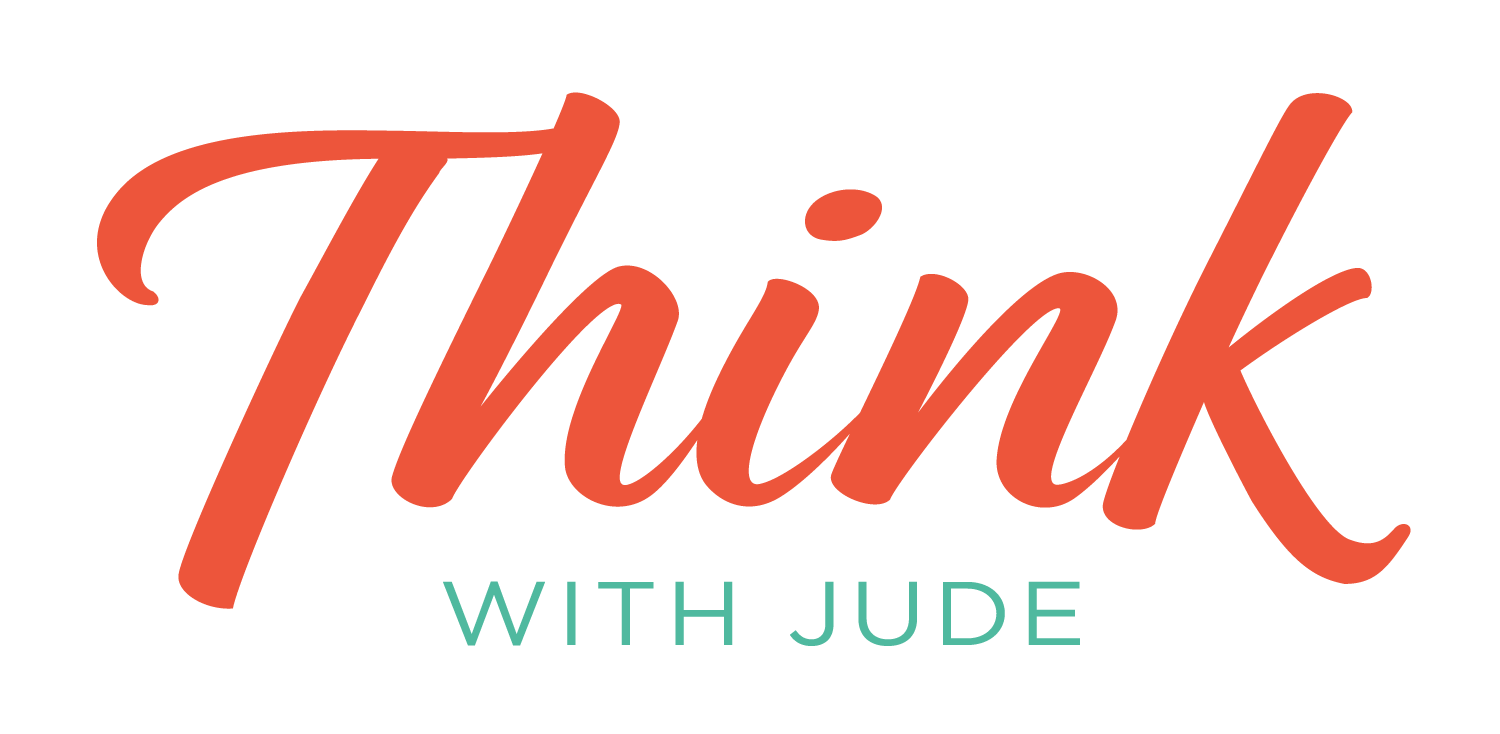On where you share INFORMATION in a coaching conversation
-
who interrupted their partner?
-
who offered advice?
-
who asked questions that sound a bit like, do you think or have you tried?
-
You’ve framed the conversation and removed all distractions – this allows you to bring ease into the conversation
-
You’ve asked what is on their mind
-
You are listening with all of your attention – kicking out any stray thoughts that pass by
-
The person says they are worried about how they will hit the project deadline because the client is away until next week and the team are already running on empty. You know that the client has cut their trip short and is back today but you wait for the other to finish and in the process learn something new yourself.
-
When the other person stops talking you share your information and then ask them to tell you more about the team.
-
As the person is talking you notice that they seem reluctant to raise issues with the client and you think this is causing the delays that are resulting in longer hours for the team.
-
When the other person stops talking you ask permission to share what you are noticing – Can I share something that I’m noticing with you? You seem to be reluctant to raise issues with the client, can you tell me more about that?
The Ten Components of The Thinking Environment
Attention
Listening with palpable respect and genuine interest, and without interruption
Equality
Treating each other as thinking peers; giving equal turns and attention; keeping boundaries and agreements
Ease
Offering freedom from internal rush or urgency
Encouragement
Giving courage to go to the cutting edge of ideas by moving beyond internal competition
Incisive Questions™
Removing untrue assumptions that limit our ability to think for ourselves well
Feelings
Allowing sufficient emotional release to restore thinking
Appreciation
Offering genuine acknowledgement of a person’s qualities; practicing a ratio of 5:1 appreciation to challenge
Information
Supplying the facts; recognising social context; dismantling denial
Difference
Welcoming diverse group identities and diversity of thinking
Place
Creating a physical environment that says back to people, ‘You matter’




